15 Foods You’ve Been Eating All Wrong Your Whole Life
It’s amazing how many foods we eat daily without realizing we could enjoy them even more. From fruit to veggies to snacks, our eating habits often come from what we learned growing up or simply what seems convenient. But what if you’ve been missing out on the full potential of these foods? Whether it’s a better way to peel, slice, or consume them, minor adjustments can transform how you experience your meals.
Here are 15 foods you might have been eating wrong your whole life, and tips on making the most of them are provided. These simple changes can enhance flavor, reduce waste, and make your food more fun. Let’s uncover the secrets to getting the most out of these everyday foods.
Bananas

Most of us peel bananas from the stem end because it seems like the natural way to do it. But there’s a better method that’s both easier and less messy. If you peel from the bottom end, you’ll find that the peel separates more cleanly, and you’re less likely to squish the banana. Monkeys who eat bananas frequently use this technique, and it’s worth adopting.
The peel splits perfectly when you pinch the small tip at the bottom, leaving the banana intact and ready to eat. This method keeps those annoying fibrous strands attached to the peel so they don’t stick to the banana. Plus, this simple trick adds a little bit of novelty to your snack routine, making it a fun and practical change.
Strawberries
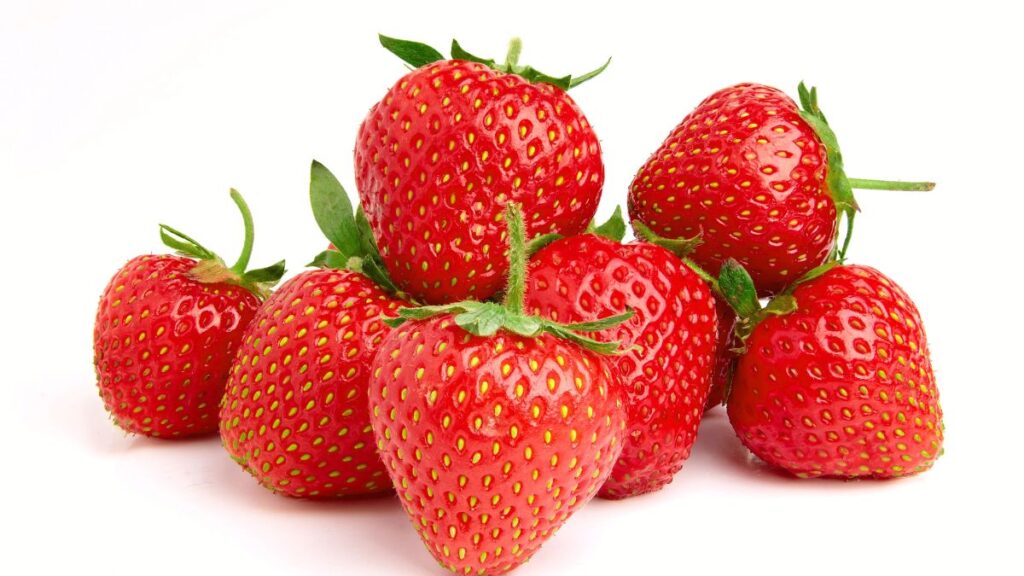
If you’ve been slicing off the tops of strawberries to remove the leaves, you’re not only making extra work for yourself but also wasting a good portion of the fruit. A more efficient method involves using a straw or a small knife to hull the strawberry by pushing through from the bottom to the top. This technique removes the core and leaves more of the juicy berry intact, giving you more to enjoy with each bite.
This method saves time and enhances the presentation of your strawberries, making them look more appealing when serving guests or adding to a dish. By hulling instead of slicing, you preserve the natural shape of the berry, which is particularly nice for desserts or fruit salads. This small change can greatly affect how you enjoy this sweet, nutritious fruit.
Apples

Most people eat apples by biting into the side, eventually working around the core. But what if you could eat the entire apple, core and all? Starting at the top or bottom of the apple and eating straight through to the other end allows you to consume nearly the whole fruit, leaving only the stem. The core is edible and contains extra fiber, a healthy addition to your diet.
Many apple varieties have seeds that are small enough to eat without much notice, though some people prefer to remove them due to their slightly bitter taste. This method reduces waste significantly and ensures you get all the nutrients an apple offers. While it might take a bit of getting used to, eating an apple this way can be satisfying to enjoy this classic snack fully.
Pomegranates
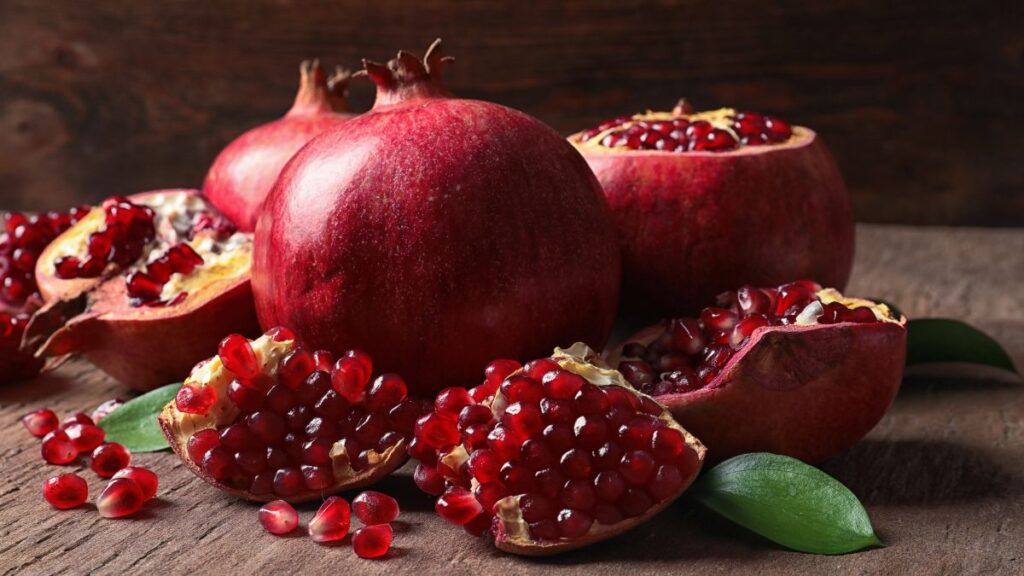
Pomegranates are packed with antioxidants and flavor, but they can be difficult and messy. Instead of slicing through the fruit, which can result in a juice explosion, try cutting off the top, scoring the sides, and gently breaking the fruit apart into sections. This method allows you to access the seeds or arils without damaging them or causing juice to spill everywhere.
Once you’ve opened the pomegranate, a handy trick is to hold each section over a bowl and tap the back with a spoon to release the seeds quickly. This approach saves time and minimizes the mess, making the whole experience of eating a pomegranate much more enjoyable. With this technique, you can savor the sweet and tangy seeds without frustration, turning what used to be a daunting task into a delightful treat.
Mangoes

Peeling and slicing a mango can be tricky, resulting in wasted fruit and a sticky mess. However, there’s a more straightforward and more effective way to enjoy this tropical favorite. Start by slicing off the mango’s cheeks, the large sections of flesh on either side of the pit. Then, instead of trying to peel the skin with a knife, use the rim of a glass to separate the flesh from the skin. Simply press the mango cheek against the edge of the glass and slide it down— the fruit will fall neatly into the glass, leaving the peel behind.
This method is quicker and safer, reducing the risk of cutting yourself on the slippery fruit. This technique lets you get the most out of the mango, leaving very little waste and giving you perfectly smooth pieces to enjoy. Whether you’re eating the mango as is or adding it to a recipe, this trick will make the process much easier.
Oranges
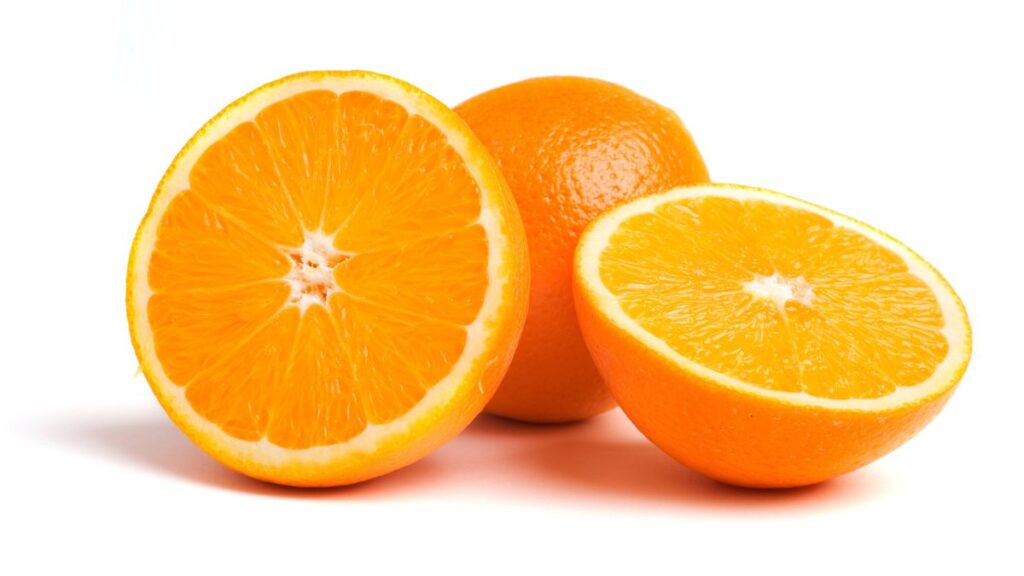
Peeling an orange can be a hassle, especially when the skin is stubborn and refuses to come off cleanly. Many people dig their nails into the peel, creating a mess and often ending up with sticky fingers. Instead, try a more efficient method by cutting off both the top and bottom of the orange, making a slit down one side, and then unrolling the orange in one smooth motion.
This technique effortlessly separates the peel from the segments, leaving you with clean, ready-to-eat orange slices. It’s a time-saving trick that keeps your hands cleaner and makes the orange easier to eat on the go. Moreover, this method works well with different varieties of oranges, from navel to blood oranges, ensuring you can enjoy your citrus fruit without the struggle. Once you try this, you’ll wonder why you did it any other way.
Kiwi
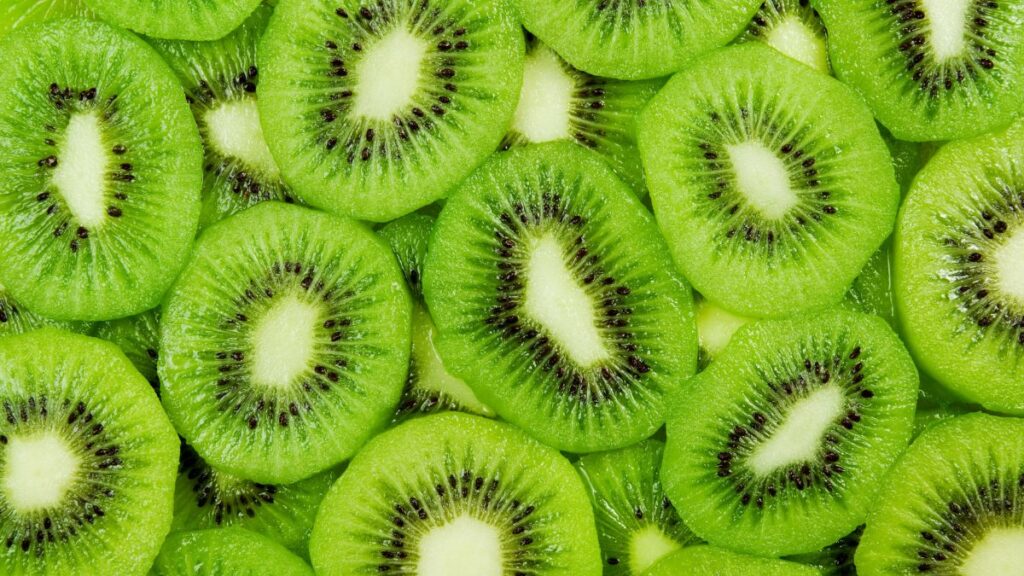
Kiwi fruits are often peeled before eating, but the fuzzy skin can be off-putting for some. However, peeling the kiwi can be a hassle and usually leads to losing some juicy flesh. A better approach is to slice the kiwi in half and use a spoon to scoop the flesh directly from the skin. This method is quicker and ensures you get all the sweet and tangy goodness without any waste. For more adventurous people, consider eating the kiwi with the skin on.
The skin is edible and packed with fiber, adding a slight tartness to the flavor. Whether you scoop or bite, this method allows you to enjoy kiwi in its entirety, making it a convenient and nutritious snack. It’s a small change that can make a big difference in how you enjoy this vibrant fruit.
Pineapple
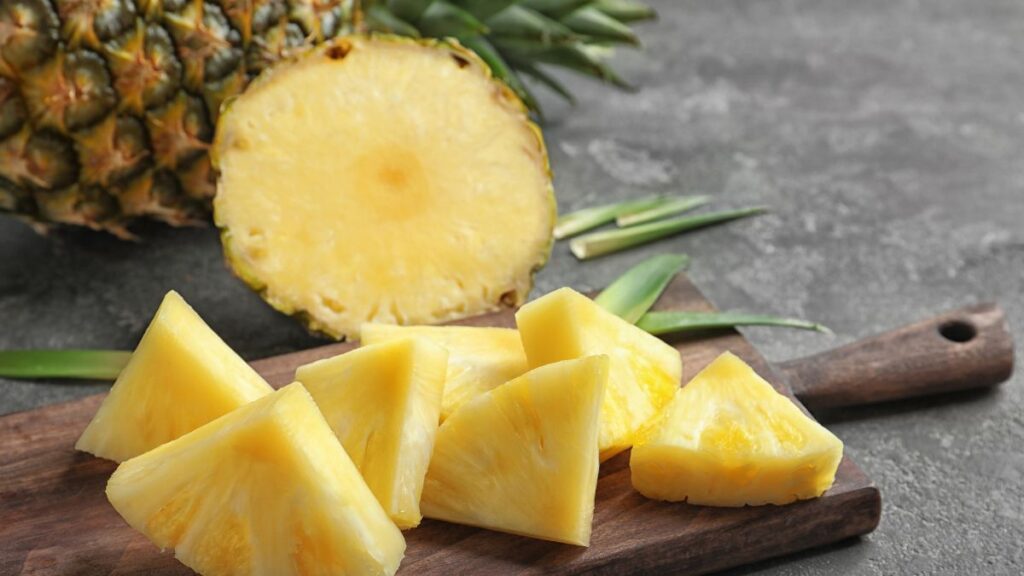
Cutting and peeling a pineapple is often seen as daunting, leading many to avoid buying fresh pineapples altogether. But there’s a viral trick that makes the process much easier and even a bit fun. After cutting off the top of the pineapple, you can pull out the individual sections by gripping and twisting them. This method is efficient and reduces waste, as you’re left with more juicy fruit to enjoy.
Each segment comes out cleanly, making it a perfect snack to share with others without the need for plates or utensils. This trick also keeps the pineapple intact, making it easy to store any leftovers. Whether you’re serving pineapple at a party or enjoying it at home, this method will change how you think about this tropical fruit. It’s a game-changer that makes fresh pineapple more accessible and enjoyable.
Tomatoes

Slicing tomatoes might seem straightforward, but using the wrong knife can lead to squished tomatoes and wasted juice. To get clean, even slices, it’s best to use a serrated knife or a bread knife, which cuts through the tough skin without crushing the delicate flesh. This method is beneficial when preparing tomatoes for sandwiches, salads, or any dish where presentation matters.
By preserving the tomato’s shape and texture, you’ll enjoy a better eating experience with all the flavor intact. Additionally, cutting tomatoes properly can make them easier to incorporate into your recipes, ensuring even cooking and distribution of flavors. It’s a simple change that enhances both the appearance and taste of your dishes, allowing you to appreciate the freshness of this versatile fruit fully.
Avocados
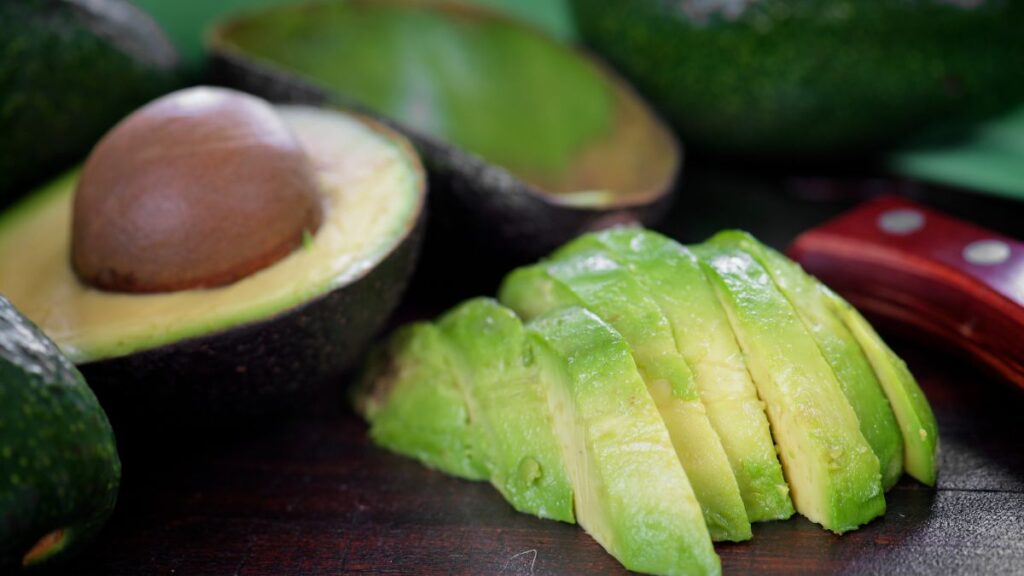
When it comes to avocados, most people slice them in half and scoop out the flesh with a spoon, but there’s a better way to handle this creamy fruit. Instead of scooping, try cutting the avocado into quarters and peeling off the skin. This method keeps the flesh intact, making it easier to slice, dice, or mash without losing any of the avocado’s rich, buttery goodness. It’s beneficial when you need neat slices for salads or sandwiches, as the avocado retains its shape better.
Moreover, peeling the avocado this way ensures you don’t waste any of the flesh, which can be especially important given how prized avocados are for their flavor and nutritional benefits. By making this small adjustment, you’ll find that preparing avocados is easier and more satisfying, allowing you to enjoy this superfood to its fullest.
Grapes
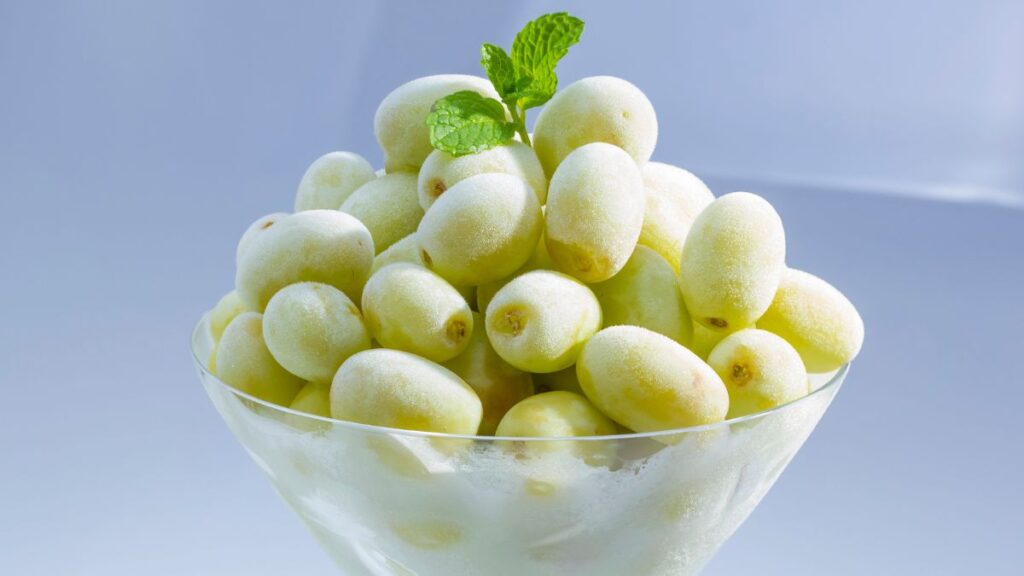
Grapes are typically eaten fresh, straight off the vine, but did you know there’s a way to elevate this simple fruit? Freezing grapes turns them into a refreshing, bite-sized treat perfect for hot days or as a healthy alternative to sugary snacks. The texture of the grapes changes when frozen, giving them a slightly crunchy, almost sorbet-like quality that makes them incredibly satisfying to eat.
Frozen grapes are also great for cooling drinks without watering them down, making them a versatile addition to your kitchen. Whether you’re enjoying them as a snack, adding them to cocktails, or using them to chill your water, frozen grapes offer a fun twist on this everyday fruit. Once you’ve tried them frozen, you might never return to eating them fresh.
Bread

Bread seems simple enough to slice, but how you slice it can make a big difference in its texture and how it holds up, especially with fresh, crusty loaves. Instead of slicing bread from the top, flip the loaf over and slice from the bottom. The crust on the bottom is usually firmer and more stable, making it easier to get even slices without squashing the bread.
This method is handy for soft or fresh-baked bread, where the top crust can be delicate and prone to tearing. By slicing from the bottom, you ensure each slice retains its shape, making it perfect for sandwiches or toasting. This small change can make a big difference in how you enjoy your bread, keeping it looking and tasting its best.
Bell Peppers
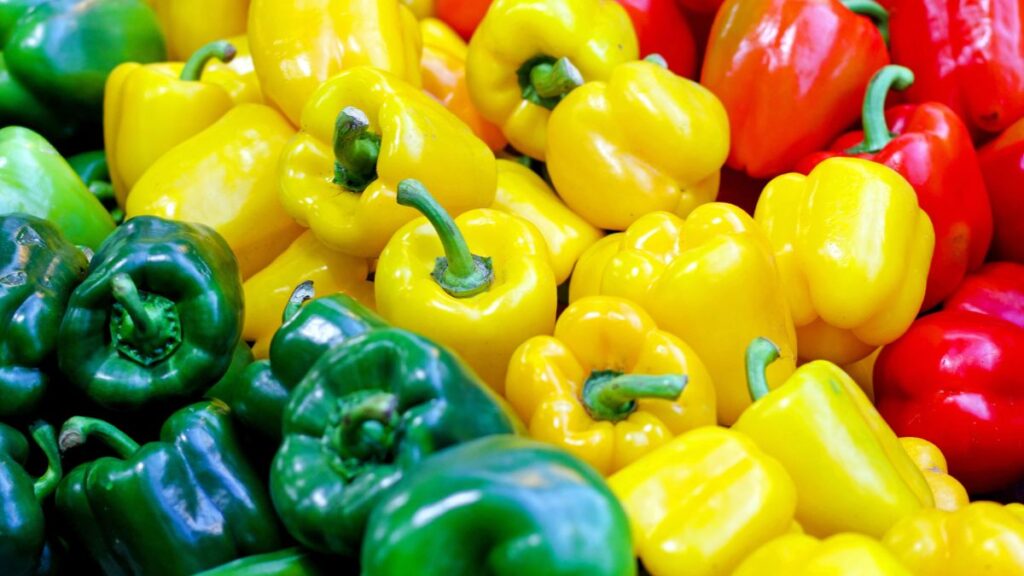
Most people cut bell peppers by slicing them in half and then removing the seeds, but there’s a cleaner, more efficient way. Start by cutting off the top and bottom of the pepper, then make a vertical slit down one side. You can then unroll the pepper into a flat strip, easily cutting away the seeds and white pith in one go.
This method makes the pepper easier to slice into even strips or dice and minimizes waste, ensuring you get the most out of each pepper. It’s a great technique for meal prep, as you can quickly and efficiently process multiple peppers at once. Whether adding them to a stir-fry, salad, or sandwich, this method will save you time and effort, making your cooking experience more enjoyable.
Cucumbers
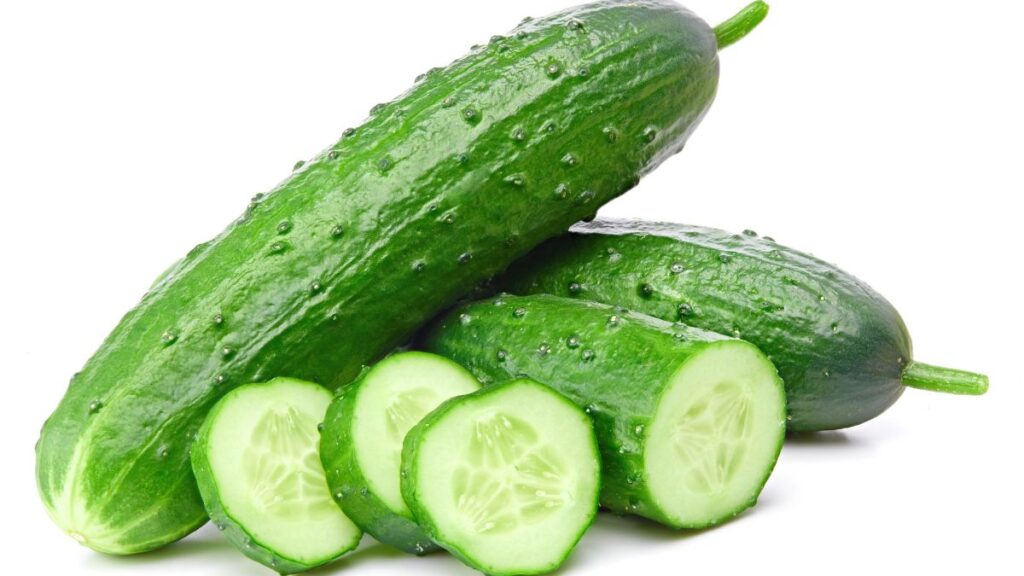
Cucumbers are often sliced straight into rounds or sticks, but did you know there’s a way to make them even more flavorful? Before slicing, try scoring the cucumber’s skin with a fork, running it lengthwise along the entire cucumber. This simple technique creates grooves in the skin, allowing dressings or seasonings to penetrate deeper into the cucumber, enhancing its flavor.
This is especially useful when making salads or pickles, where you want the cucumber to absorb as much flavor as possible. Scoring the skin can give the cucumber a more interesting texture, making your dishes visually appealing and tasty. It’s a small trick that can make a big difference in how you enjoy this refreshing vegetable.
Carrots
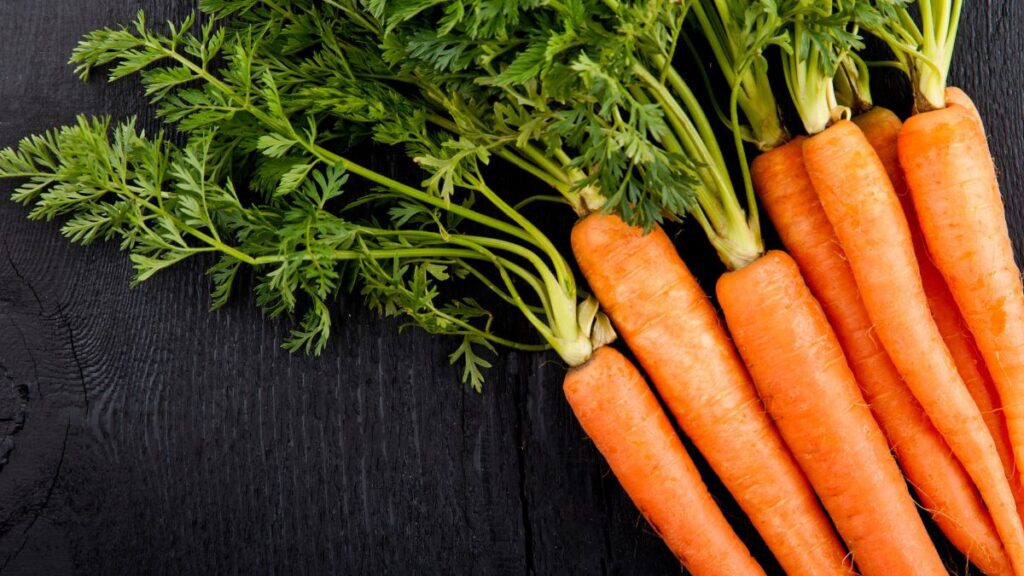
Most people peel carrots before eating or cooking them, but if you want to maximize flavor and nutrition, consider skipping the peel. The carrot’s skin contains a lot of nutrients, including fiber, and leaving it on can enhance the earthy flavor of the carrot. Simply give the carrots a good scrub under running water to remove dirt, and they’re ready to eat.
This is especially useful for organic carrots, where the skin is pesticide-free. By keeping the skin on, you save time and reduce food waste, getting the most out of your produce. Whether roasting, steaming, or eating raw, unpeeled carrots can add a richer taste and texture to your dishes. This simple change can lead to a more wholesome and flavorful meal.
15 Places Where You’re Expected to Tip—But You Really Don’t Have To

Tipping has become a widespread practice in many industries, with the expectation that you’ll leave a little extra for good service. However, not every situation truly warrants a tip, even if you feel pressured to give one.
15 Places Where You’re Expected to Tip—But You Really Don’t Have To
15 Most Annoying Habits of American Tourists When Dining Abroad

Traveling abroad is an exciting adventure, and dining in new places is a big part of the experience. However, some common behaviors by American tourists can be frustrating for locals and affect the dining experience.
15 Most Annoying Habits of American Tourists When Dining Abroad







